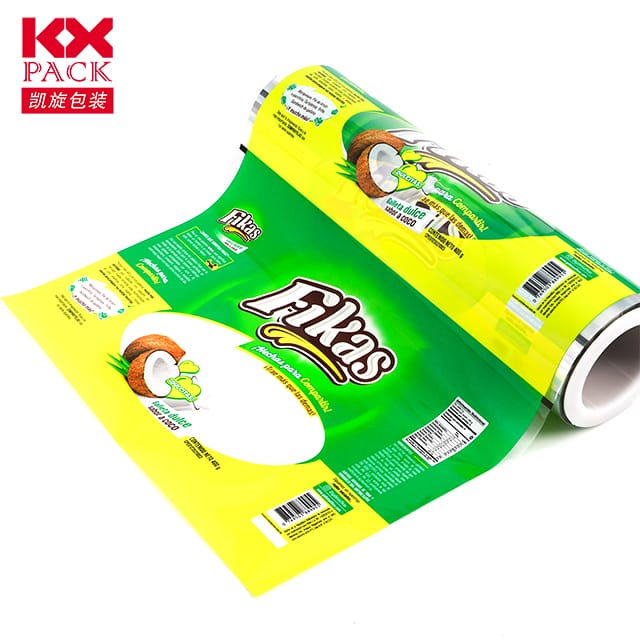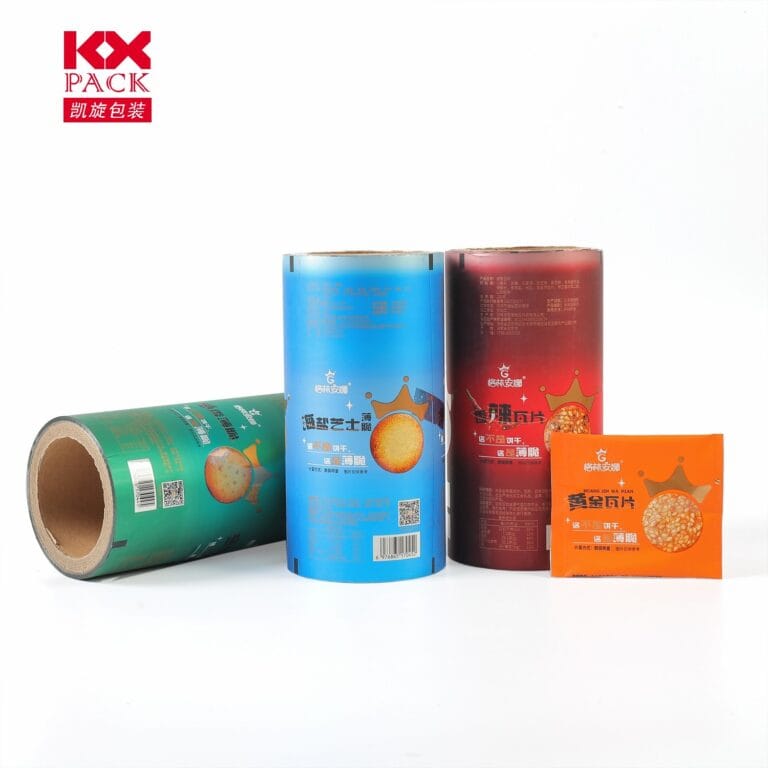食品安全的可持续解决方案: 重新考虑食品包装的塑料胶卷
塑料胶卷
Plastic film rolls are a staple in food packaging—protecting everything from fresh produce to baked goods, 确保新鲜度, 并延长保质期. 然而, 他们的便利是有代价的: 一次性塑料膜对全球污染产生了重大贡献, 有数十亿吨垃圾填埋场, 海洋, 和生态系统. But what if we could reimagine this essential tool to balance functionality with environmental responsibility? Let’s explore how innovations in plastic film rolls for food packaging are paving the way for a greener future.
The Environmental Dilemma of Traditional Plastic Films
Most conventional plastic films are made from 聚乙烯 (体育), 聚丙烯 (聚丙烯), or PVC—materials that take centuries to decompose. 即使回收, these films often face contamination issues or lack proper collection infrastructure. 结果? Food packaging waste accounts for nearly 40% of global plastic production, much of it ending up as microplastics that infiltrate soil, 水, and even our food chain.(塑料胶卷)
The Shift Toward Sustainable Alternatives
幸运的是, the food packaging industry is evolving. Here’s how manufacturers are rethinking plastic film rolls:
- 可生物降解和可堆肥膜
- 由 植物性材料 like corn starch, 甘蔗, or algae, these films break down naturally in composting facilities within months.
- Ideal for short-shelf-life products (例如。, salads, 三明治) where traditional plastic isn’t essential.
- 回收的内容电影
- Using 消费后回收 (pcr) 塑料 reduces reliance on virgin materials and diverts waste from landfills.
- Advances in recycling technology now allow for stronger, clearer films suitable for a wider range of food products.
- Edible and Water-Soluble Films
- Cutting-edge options include 食用涂料 (用海藻或淀粉制成) that protect food and can be consumed or discarded harmlessly.
- Water-soluble films dissolve in water, 完全消除废物.
- Reusable and High-Barrier Films
- 耐用的, multi-layer films designed for 可重复使用的容器 (例如。, silicone lids or beeswax wraps) reduce single-use waste.
- 高烈性电影 (with oxygen or moisture control) 延长保质期, reducing food waste—a critical sustainability goal.
平衡功能与可持续性
While eco-friendly alternatives are promising, 仍然存在挑战:
- 成本: Sustainable films often cost more to produce, though prices are dropping as technology scales.
- 表现: Some biodegradable films lack the strength or barrier properties of traditional plastic, limiting their use for certain foods.
- 基础设施: 可堆肥膜需要工业堆肥设施, 在许多地区很少.
然而, brands and consumers are driving change by:
- 投资r&丁 to improve film durability and affordability.
- Advocating for policy changes (例如。, extended producer responsibility laws).
- Choosing minimal, recyclable packaging where possible.
How Consumers Can Make a Difference
You don’t need to wait for perfect solutions to act:
- Support Brands Using Sustainable Films: 寻找类似的认证 TÜV Austria’s OK Compost 或者 BPI (可生物降解产品研究所).
- Reduce and Reuse: 选择批量购买, 可重复使用的容器, or beeswax wraps to minimize film reliance.
- 正确回收: Clean and recycle PE/PP films where accepted (检查当地准则).
- Demand Transparency: Pressure companies to disclose film materials and end-of-life options.
食品包装的未来: A Holistic Approach
Sustainable plastic film rolls are just one piece of the puzzle. The ultimate goal? 一个循环经济 where packaging is designed for reuse, 回收, or composting. This requires:
- 合作 between governments, manufacturers, 和消费者.
- 创新 in materials science (例如。, mycelium-based films or lab-grown alternatives).
- 教育 to dispel myths about plastic’s necessity in food safety.
Your Role in the Transition
Every time you unwrap a snack or store leftovers, you have a choice. By supporting sustainable packaging, advocating for change, 并减少浪费, you’re helping redefine the role of plastic film rolls in our lives.
Ready to rethink your food packaging habits? Share your favorite eco-friendly swaps or questions in the comments—let’s build a zero-waste kitchen together! 🌱🍴
主题标签: #SustainablePackaging #PlasticFreeFuture #FoodWaste #GreenInnovation #CircularEconomy






